In order to prevent overvoltages on my arduino voltmeter (more than 20v) I decide to add a protection circuit.
As i show in the image i use a AD8605 precision op-amp for the purpose. (https://www.mouser.com/datasheet/2/609/AD8605_8606_8608-1716254.pdf)
This op-amp has a maximum offset voltage of 80 micro-volt with Vs=5v and a typical 80 pico-ampere input bias current with -40 +125 degree celsius.
My question is, as i don't know how to calculate input bias current, how do I know I am not exceeding the limits of the op-amp.
The output of the circuit using ltspice is:
Also simulate this circuit in a reverse polarity scenario getting this output:
What I want to know in this scenario if the op-amp will damage or not.
